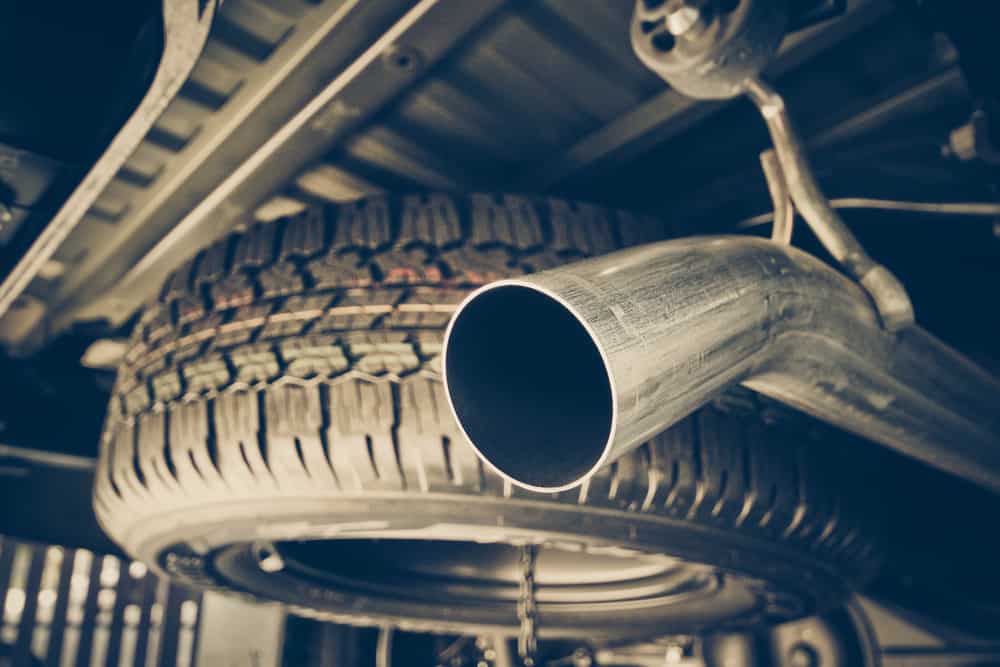
Good day,
After nearly two decades, the Environmental Protection Agency (EPA) is looking to update pollution regulations for commercial trucks across the country. The new rules are set to target nitrogen-oxide emissions, which is a major contributor to smog. This action from the Trump government is surprising, as it contradicts their usual move towards a systematic deregulation in air-quality regulations from the previous Obama government.
California had already been at the forefront of this measure, pushing for ultralow nitrogen-oxide emissions ceiling, much to the chagrin of fleets, who feel it would not be feasible for trucks to abide by conflicting state regulations as they frequently cross state borders. EPA officials have stated that they would look to find a common ground between differing opinions at the state and federal level on emissions regulation. However, it would be easier said than done as California continues to hold some of the most polluted cities in the U.S. and is desperate for a solution to its air quality crisis.
Did you know?
U.S. production of poultry and red meat are set to rise this year by a combined 2.4%, according to U.S. Agriculture Department estimates.
Quotable:
“It’s definitely about time. The world has changed in a lot of ways over those 20 years. One thing we know is that these vehicles can be made cleaner, lower emitting.”
– Bill Wehrum, assistant administrator of the EPA’s Office of Air and Radiation
In other news:
Tanker owners cash in on Iran sanctions and trade tensions
Freight rates for supertankers more than quadrupled in October on oil-supply uncertainty, but some see the boon as temporary. (Wall Street Journal)
Oil Prices Fall To One-Year Lows
Oil markets are looking increasingly oversupplied, and crude prices are beginning to reflect some analysts’ biggest fears. (Oilprice)
Increasing the packaging speed of raw food service and retail bacon
Meat processors are increasingly packaging raw bacon using dedicated, high throughput interleavers and card dispensers that dramatically increase packaging speeds of raw bacon. (Food Logistics)
‘A quarter of solid growth on the top line’ for AP Moller Maersk
AP Møller Maersk saw an underlying profit of $251m in Q3, and a cumulative positive of $100m for the nine-month period. (The Loadstar)
Soy Trade Goes Topsy Turvy as Major Exporter Turns to Imports
Argentina, the No. 3 global soy grower, is making major purchases of U.S. supplies. A weekly measure of American shipments to the Latin American nation just rose to the highest in at least 35 years, U.S. government data showed Tuesday. (Bloomberg)
Final Thoughts
There has been a decline in the nation’s import levels across all major retail container ports, albeit remaining unusually high year-on-year, thanks to importers rushing to bring in merchandise to the U.S. soil before a fresh round of tariffs hit the global market in January.
According to a monthly Global Port Tracker report released by the National Retail Federation and Hackett Associates, U.S. ports handled 1.87 million Twenty-Foot Equivalent Units (TEUs) in September, which was down 1.3% from August but up 4.6% year-over-year. October was estimated at 1.89 million TEU, up 5.5% year-over-year.
This is an expected occurrence, as imports had climbed to a monthly record of 1.9 million TEU in July in anticipation of the 10% tariffs on imports worth $200 billion from China took effect in September. And the import numbers are set to climb further over the last few months of 2018, as the tariffs are scheduled to rise to 25% at the start of next year.
Hammer down everyone!










